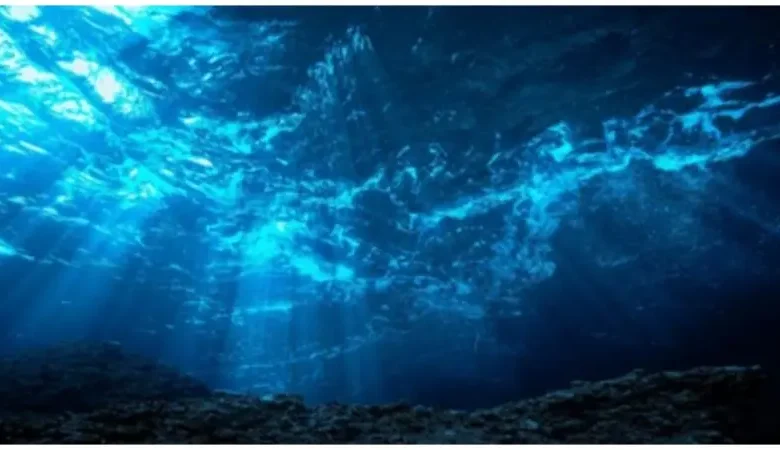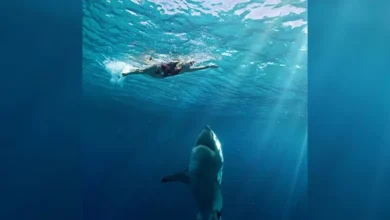“Mysterious Black Creatures” in the depths of Ocean

In a mysterious and remote expanse of the northwestern Pacific Ocean, black eggs wrapped in enigma have been discovered by scientists from Hokkaido University in Sapporo, Japan.
The biologists made this groundbreaking find using a remotely operated vehicle (ROV) that ventured thousands of feet into the abyss, unveiling what they describe as “flatworm egg capsules.”
The astonishing discovery, situated almost 4 miles beneath the ocean’s surface, presents compelling evidence suggesting that shallow-water flatworms might be extending their colonization to deeper ocean habitats over time.
This revelation harks back to a similar discovery nearly a decade ago when marine scientists identified worms thriving in the deep sea, particularly around a high-temperature hydrothermal vent in the Pacific Ocean.
The recent research not only illuminates the existence of marine life in the depths of the world’s oceans but also revisits prior evidence, challenging the notion of the deep ocean as a lifeless marine habitat.
Despite this significant breakthrough, scientists remain puzzled about the motivations and mechanisms that led flatworms to migrate from their shallow water habitats to the ocean’s abyss.
Published in the journal Biology Letters on January 24, the study by Japanese researchers solidifies the existence of these mysterious black eggs or flatworm cocoons on underwater rocks retrieved from depths of approximately 6,000 meters in the abyssal slope of the Kuril-Kamchatka Trench.
These egg capsules, spherical in shape and around 3 millimeters in diameter, were found to house three to seven flatworm individuals at the same developmental stage.
This discovery provides evidence that soft-bodied invertebrates, like these flatworms, can not only survive but thrive in such extreme environments, mirroring the resilience observed in other abyssal animals.
The research paper marks the deepest record of “free-living flatworms” and offers insights into their early life stages in the abyssal zone, drawing parallels with their counterparts in shallow water.
As scientists strive to comprehend the intricacies of this newfound marine ecosystem, the black eggs and the flatworms residing in the ocean’s depths continue to unravel mysteries about life’s adaptability and evolution in the most extreme and inaccessible realms of our planet.










